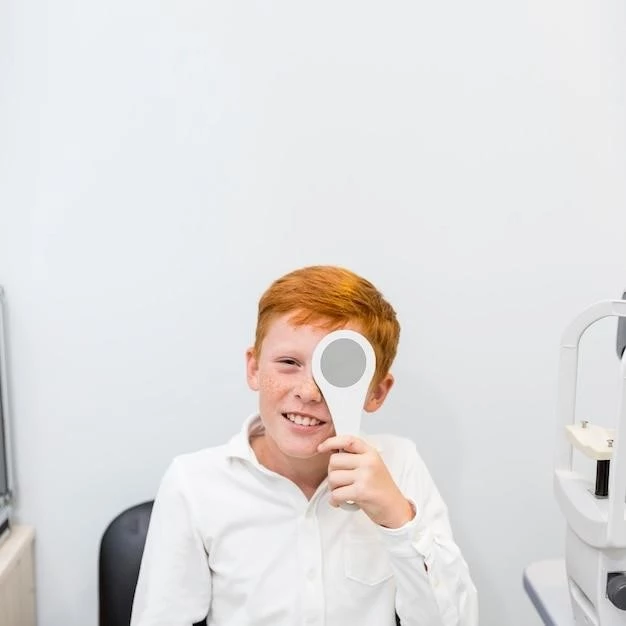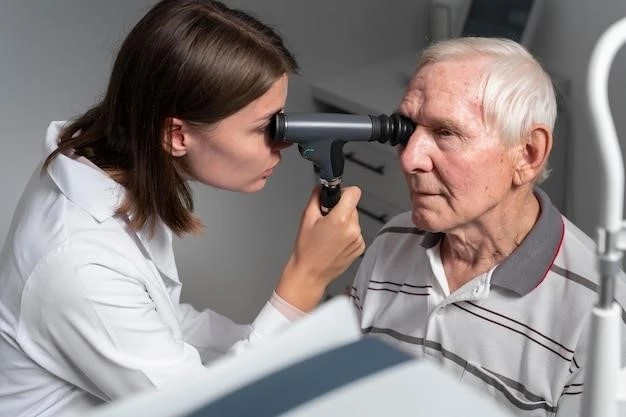Genetic mutations, infections during pregnancy, trauma, and metabolic disorders are common causes of congenital cataracts in newborns. Understanding these factors is crucial for early detection and management.
I. Causes of Congenital Cataracts
Genetic mutations, infections during pregnancy, trauma, and metabolic disorders are common causes of congenital cataracts in newborns. Understanding these factors is crucial for early detection and management.
II. Symptoms of Autosomal Dominant Cataracts
Autosomal dominant cataracts may manifest as cloudy or blurry vision, sensitivity to light, difficulty seeing at night, and changes in color perception. It is important to be aware of these symptoms and seek prompt evaluation by an ophthalmologist for accurate diagnosis and treatment.
III. Diagnosis of Congenital Cataracts
Diagnosis of congenital cataracts involves a comprehensive eye examination, including visual acuity tests, slit-lamp examination, and pupil dilation. Specialized imaging techniques like ultrasound may also be used to assess the extent of cataract formation. Early diagnosis is key for timely intervention and optimal visual outcomes.
IV. Treatment Options for Autosomal Dominant Cataracts
Treatment for autosomal dominant cataracts may include prescription eyeglasses or contact lenses to improve vision. In cases where cataracts significantly impact daily life, surgical intervention such as cataract extraction with intraocular lens implantation might be recommended. It is important to consult with an eye care professional to discuss the most suitable treatment option based on individual needs and overall eye health.
V. Genetic Counseling for Cataract Congenital Autosomal Dominant
Genetic counseling plays a crucial role in families with a history of autosomal dominant cataracts. It involves a detailed assessment of family history, risk evaluation, and providing information about inheritance patterns. Genetic counselors offer support and guidance, helping individuals make informed decisions regarding genetic testing, family planning, and potential implications for future generations. Seeking genetic counseling can provide clarity and empower individuals to navigate their genetic eye condition effectively.
VI. Surgical Interventions for Congenital Cataracts
Surgical interventions for congenital cataracts involve the removal of the cloudy lens and, in most cases, the placement of an artificial lens to restore vision. Procedures such as phacoemulsification or extracapsular cataract extraction are commonly used. It is essential to discuss with an ophthalmologist the most suitable surgical approach based on the individual’s age, overall eye health, and specific cataract characteristics. Following surgery, post-operative care and regular follow-ups are crucial to monitor recovery and achieve the best visual outcomes.
VII. Prognosis of Autosomal Dominant Cataracts
The prognosis of autosomal dominant cataracts is generally favorable with appropriate treatment. Early detection and timely interventions, such as surgery or visual aids, can significantly improve visual outcomes and quality of life. Regular follow-ups with an eye care specialist are essential to monitor progression and ensure optimal management. Understanding the prognosis and adhering to recommended treatment plans are key factors in achieving the best possible outcomes for individuals with autosomal dominant cataracts.

VIII. Research Advances in Congenital Cataract Genetics
Ongoing research in congenital cataract genetics has led to significant advancements in understanding the underlying genetic mutations that contribute to cataract development. Identifying specific genes associated with congenital cataracts has paved the way for targeted therapies and personalized treatment approaches. Stay informed about the latest research findings in cataract genetics, as emerging discoveries may offer new insights into diagnosis, treatment, and future interventions for individuals affected by congenital cataracts.
